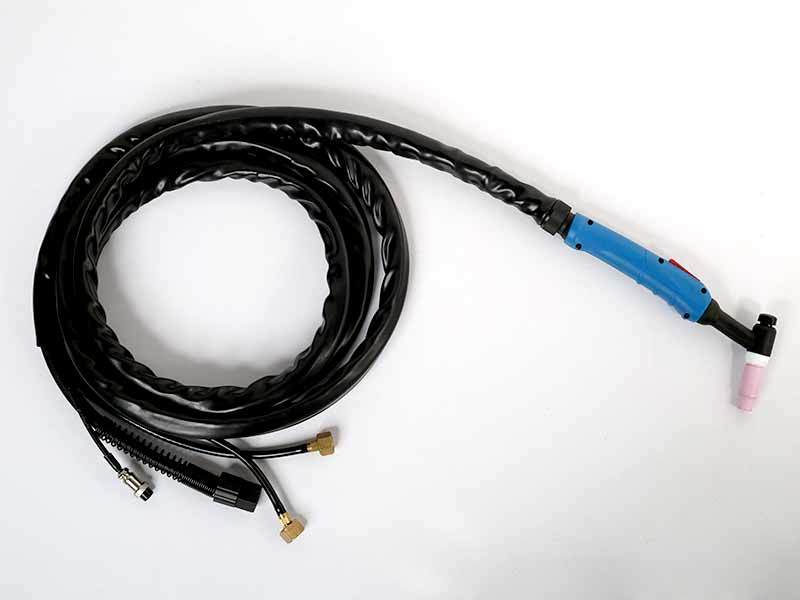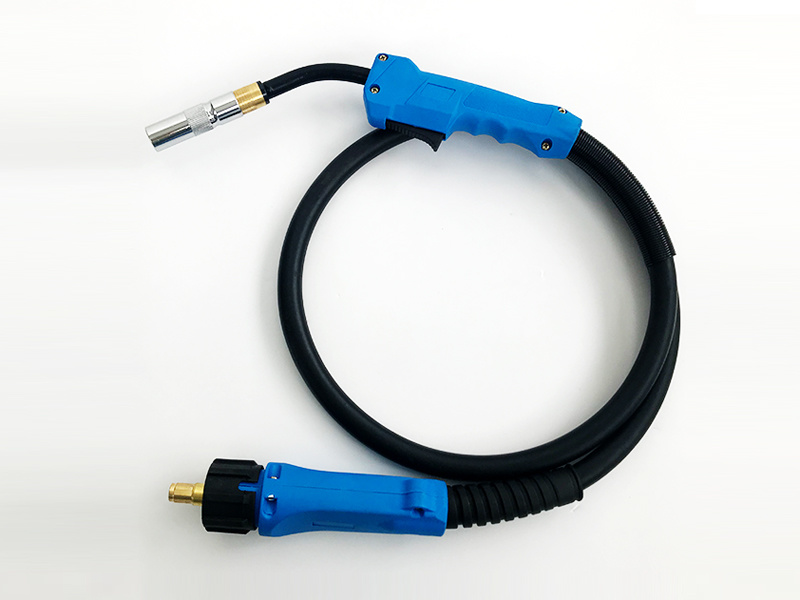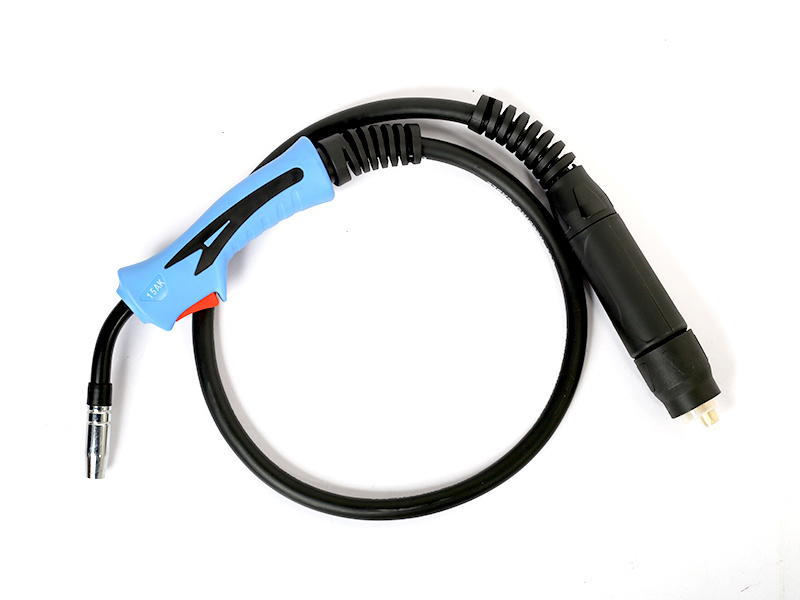language
Exploring Different Types of Welding Glass and Their Uses: A Comprehensive Guide
Aug 05,2025
Exploring Different Types of Welding Glass and Their Uses
Table of Contents
1. Introduction to Welding Glass
2. What is Welding Glass?
3. The Importance of Using the Right Welding Glass
4. Types of Welding Glass
4.1 Auto-Darkening Welding Glass
4.2 Passive Welding Glass
4.3 Colored Welding Glass
4.4 Specialty Welding Glass
5. Uses of Welding Glass in
Exploring Different Types of Welding Glass and Their Uses
Table of Contents
- 1. Introduction to Welding Glass
- 2. What is Welding Glass?
- 3. The Importance of Using the Right Welding Glass
- 4. Types of Welding Glass
- 4.1 Auto-Darkening Welding Glass
- 4.2 Passive Welding Glass
- 4.3 Colored Welding Glass
- 4.4 Specialty Welding Glass
- 5. Uses of Welding Glass in Various Industries
- 6. How to Choose the Right Welding Glass
- 7. Care and Maintenance of Welding Glass
- 8. Conclusion
- 9. FAQs
1. Introduction to Welding Glass
In the world of welding, safety and precision are paramount. One of the most critical components in ensuring a safe welding environment is the **welding glass**. This specialized glass protects the welder’s eyes and skin from harmful radiation and sparks generated during the welding process. Understanding the different types of welding glass available and their specific uses can significantly enhance not only safety but also efficiency in welding projects.
2. What is Welding Glass?
Welding glass refers to a protective glass material specifically designed for welding applications. It is manufactured to filter out harmful ultraviolet (UV) and infrared (IR) radiation produced during welding. The glass is often tinted to allow for a clearer view while maintaining protection. Different shades are used depending on the type of welding being performed, ensuring that welders can see the work area without compromising their safety.
3. The Importance of Using the Right Welding Glass
The importance of using the correct welding glass cannot be overstated. **Welding without proper eye protection** can lead to severe eye conditions, including **arc eye**, which results from overexposure to UV light. Additionally, the right glass helps to improve visibility, allowing welders to achieve greater accuracy in their work. Not only does it safeguard health, but it also boosts productivity by enabling welders to see their tasks clearly.
4. Types of Welding Glass
Understanding the types of welding glass available can help you make informed decisions tailored to your specific needs. Below are some common types of welding glass:
4.1 Auto-Darkening Welding Glass
**Auto-darkening welding glass** is a modern innovation that automatically adjusts its tint based on the intensity of the light emitted during the welding process. This allows for **hands-free adjustments**, enabling welders to see clearly before and after the welding takes place. When the arc is struck, the glass darkens to provide maximum protection. This type of welding glass is favored for its convenience and efficiency, particularly in high-production environments.
4.2 Passive Welding Glass
**Passive welding glass** is a more traditional form of protective glass that comes in various shades, typically ranging from #5 to #14, depending on the intensity of the welding process. Welders must manually change the glass shade based on their specific tasks. While it offers reliable protection, it lacks the adaptability of auto-darkening glass. Passive welding glass is more affordable, making it a popular choice for hobbyists and those on a budget.
4.3 Colored Welding Glass
**Colored welding glass** is available in various colors, each designed to enhance visibility under different lighting conditions. These glasses help to reduce glare and improve contrast, making them ideal for specific types of welding. For instance, green-tinted glass is commonly used for TIG welding, while other colors may be better suited for MIG or stick welding. The choice of color can significantly impact the welder's ability to see the weld pool clearly.
4.4 Specialty Welding Glass
**Specialty welding glass** includes various protective lenses that cater to unique welding applications. This can include high-heat resistant glass used in industries like aerospace or automotive, where extreme temperatures are common. Specialty glasses may also include features such as anti-fog coatings, which are particularly useful in humid environments where condensation can obscure vision.
5. Uses of Welding Glass in Various Industries
Welding glass is utilized across multiple industries, each with distinct requirements. Some of the noteworthy applications include:
5.1 Construction Industry
In the construction industry, welding glass serves as an essential element for safety during structural fabrication and repairs. Welders in this field often rely on auto-darkening lenses for fast-paced environments where switching between tasks is frequent.
5.2 Automotive Industry
The automotive industry utilizes welding glass during the assembly of vehicles and repairs. Specialty welding glass is often required for tasks like spot welding, where high precision is critical.
5.3 Aerospace Industry
In the aerospace sector, the demands for welding glass are heightened due to the extreme conditions of fabrication. High-heat resistant specialty welding glass is crucial for ensuring safety and effectiveness during the manufacturing of aircraft components.
5.4 Manufacturing Industry
Manufacturing facilities that employ large-scale welding operations depend on auto-darkening welding glass for efficiency and safety. The constant adjustments in lighting conditions necessitate glasses that can adapt quickly.
6. How to Choose the Right Welding Glass
Selecting the appropriate welding glass is crucial for ensuring safety and efficiency. Here are some key factors to consider:
6.1 Determine the Type of Welding
Different welding processes produce varying levels of brightness and intensity. Understanding the specific welding technique you're using—be it MIG, TIG, or Stick welding—can help you choose the right shade of glass.
6.2 Assess Lens Features
Look for features such as auto-darkening options, anti-fog coatings, and comfort fit designs. These added features can enhance usability and protect against common welding challenges.
6.3 Check for Compliance and Standards
Ensure that the welding glass meets relevant safety standards and regulations. Look for certifications that validate its effectiveness in protecting against harmful radiation.
7. Care and Maintenance of Welding Glass
Maintaining welding glass is essential for maximizing its lifespan and effectiveness. Here are some tips:
7.1 Regular Cleaning
Keep the glass clean by regularly wiping it with a soft cloth to remove any debris or residue. Avoid using harsh chemicals, as they can damage the lens.
7.2 Proper Storage
Store welding glass in protective cases when not in use to prevent scratches and damage from excessive heat or UV exposure.
7.3 Inspect for Damage
Regularly inspect the welding glass for any cracks or scratches. Damaged glass should be replaced immediately to ensure optimal protection.
8. Conclusion
Selecting the right welding glass is a critical decision that impacts both safety and efficiency in welding operations. With a variety of options available—from auto-darkening to specialty lenses—there is a suitable choice for every welding application. By understanding the types of welding glass and how to care for them, welders can ensure they maintain the highest standards of safety and productivity in their work.
9. FAQs
What is the main purpose of welding glass?
The primary purpose of welding glass is to protect the welder's eyes and skin from harmful UV and IR radiation produced during welding.
How do I know which shade of welding glass to use?
The shade of welding glass should correspond to the type of welding being performed. Generally, lighter shades are suitable for low-heat applications, while darker shades are needed for high-heat processes.
Is auto-darkening welding glass worth the investment?
Yes, auto-darkening welding glass enhances convenience and efficiency, allowing welders to see clearly without needing to manually adjust the glass.
How often should I replace my welding glass?
You should replace your welding glass whenever it becomes scratched, cracked, or damaged, or if it no longer provides adequate protection.
Can I use regular glass as welding glass?
No, regular glass does not provide the necessary protection against UV and IR radiation and should never be used in place of specialized welding glass.
Add
Xing village, lvgongbao town, renqiu city, hebei province, china









